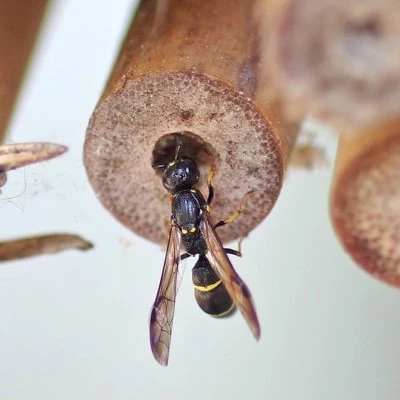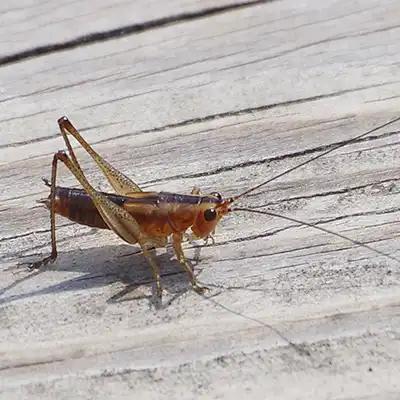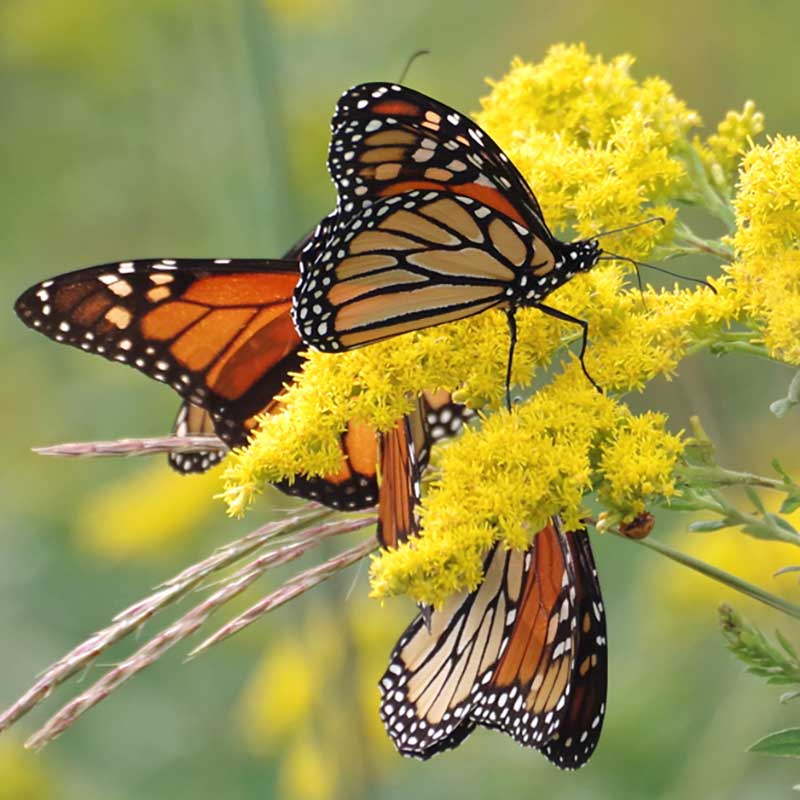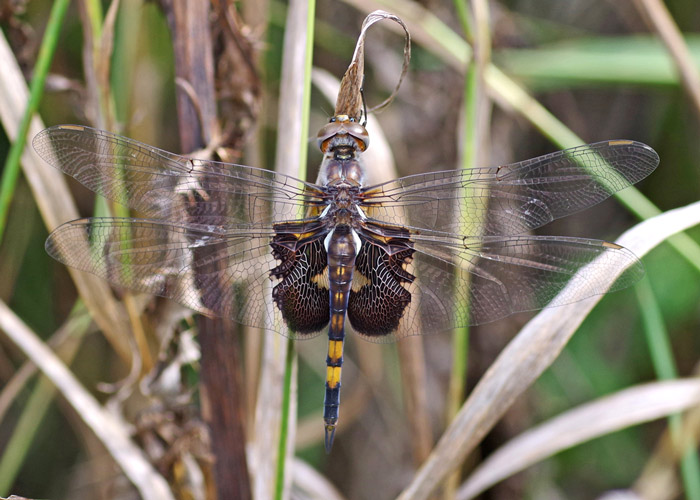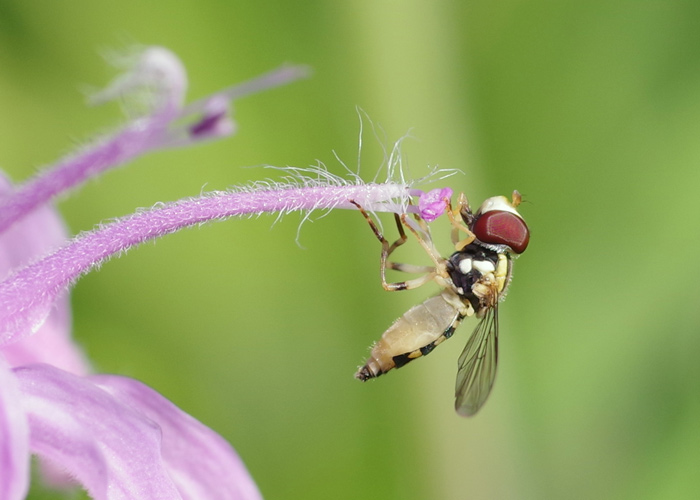Bugs without Bios XIX
Note: Most links leave to external sites. Howdy, BugFans, Bugs without bios – those humble (but worthy) bugs about whom little information is readily available. Today’s bugs check those boxes as species, but they have something in common – their lifestyles …
